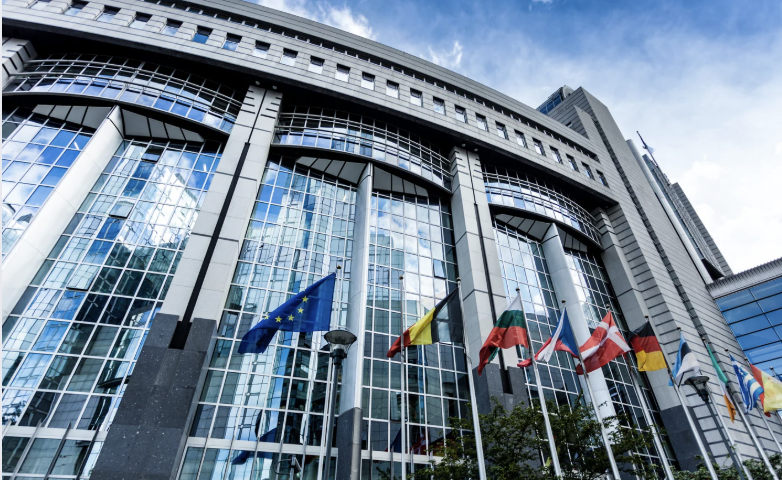Heatwaves are no longer rare events—they’re among the most visible and deadly fingerprints of climate change. Across Europe, Asia, and the Americas, blistering summers are leaving trails of human suffering, crop failures, and strained energy systems. The summer of 2023 in southern Europe, for instance, saw temperatures soar above 45 °C, grounding flights, buckling roads, and sending hospital admissions skyrocketing. Scientists know these events will only intensify as the planet warms. But a pressing challenge remains: how do we anticipate them more accurately, and earlier?
A recent study in Weather and Climate Extremes by Pérez-Aracil and colleagues (2025) offers an exciting step forward. The team has developed a new spatio-temporal framework that digs into the hidden drivers of heatwaves—an approach that blends machine learning, evolutionary algorithms, and climate science. While the focus is highly technical, the implications are very human: better forecasting could help farmers plan irrigation, city planners prepare cooling centers, and energy grids brace for surges in demand.
At first glance, predicting a heatwave might seem like simply tracking high temperatures. But in reality, heatwaves are the outcome of complex interactions across different parts of Earth’s climate system: atmospheric circulation patterns, soil moisture levels, ocean patterns, slow-varying climate components.
The problem is compounded by scale. Some drivers act on short time frames (days to weeks), like soil moisture deficits that prime land for heat extremes. Others unfold over months (seasonal to sub-seasonal), like persistent ocean temperature anomalies. Traditional models often struggle to integrate these different scales, leading to forecasts that can miss the mark. The study introduces a mouthful of a method—Spatio-Temporal Cluster-Optimized Feature Selection (STCO-FS). But the concept can be unpacked. Think of it as a climate detective toolkit designed to sift through vast amounts of data and identify which suspects (drivers) are most responsible for triggering heatwaves. The case study focused on the Adda river basin in northern Italy, a fertile agricultural hub that produces nearly a third of Italy’s food. For farmers here, knowing when extreme heat is likely isn’t just academic—it’s the difference between harvest and hardship.
The results are fascinating. The algorithm consistently highlighted two sets of drivers:
- Local and regional short-term drivers – Soil moisture, precipitation, and near-surface temperature in the 20 days before an event strongly influence whether a heatwave will unfold. Dry soils, for example, mean less evaporation and more heating.
- Large-scale seasonal drivers – Broader circulation patterns, such as the North Atlantic Oscillation (NAO), Indian Ocean Dipole (IOD), and El Niño–Southern Oscillation (ENSO), emerged as critical precursors 20–100 days ahead. These modes of variability are known to modulate Europe’s summer climate, but the framework pinpoints when and where their signals matter most.
By fusing machine learning with physical climate knowledge, Pérez-Aracil and colleagues show that it’s possible to crack open the black box of extreme events and identify the drivers that matter most. It’s a powerful reminder that the future of climate resilience will be written not just in emission reductions, but also in smarter science and sharper foresight.
J. Pérez-Aracil, C. Peláez-Rodríguez, Ronan McAdam, Antonello Squintu, Cosmin M. Marina, Eugenio Lorente-Ramos, Niklas Luther, Verónica Torralba, Enrico Scoccimarro, Leone Cavicchia, Matteo Giuliani, Eduardo Zorita, Felicitas Hansen, David Barriopedro, Ricardo García-Herrera, Pedro A. Gutiérrez, Jürg Luterbacher, Elena Xoplaki, Andrea Castelletti, S. Salcedo-Sanz, Identifying key drivers of heatwaves: A novel spatio-temporal framework for extreme event detection, Weather and Climate Extremes,
Volume 49, 2025, 100792, ISSN 2212-0947,







